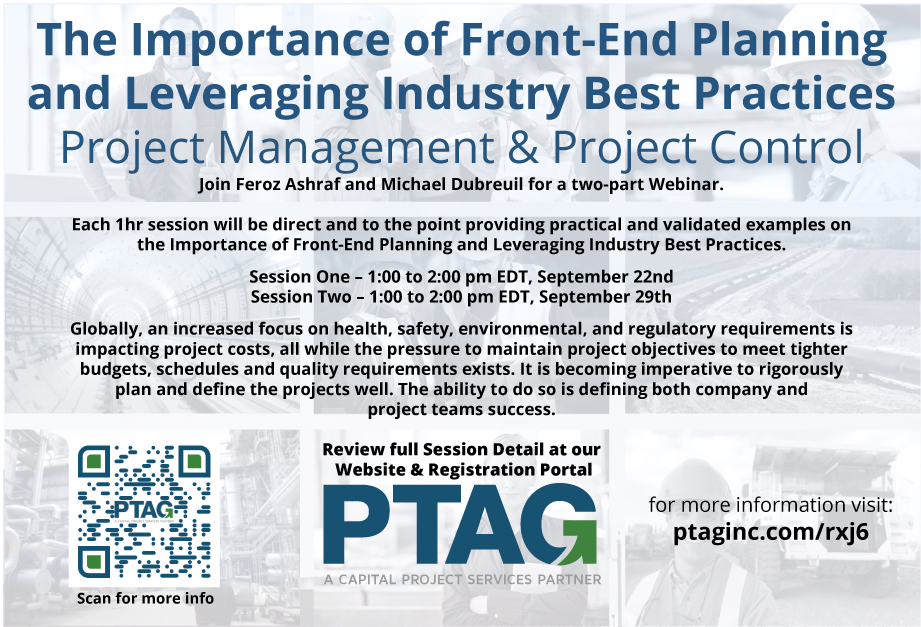General Contractor Safety and Quality Performance Improvement Program
Overview
Company – General Contractor
Industry – Electrical Generation
Category – Construction
Project Budget – Master Services Agreement
Goal – Recovery plan to improve safety and quality performance for every project, monitoring KPI’s for each site including NLTI rate, safety opportunities, and inspections with summaries.
Obstacles – Safety and quality are dynamic processes that require constant maintenance to uphold high standards on construction sites
Solutions – Subject Matter Expert conducted Gap Analysis of Safety and Quality Programs. Development and implementation of the safety and quality manuals re-shaping the organizations culture, processes and procedures.
Results – Improved safety and quality statistics that are measured and monitored year over year and from site to site.
Goals
Achieve COR Certification
COR certification, and looking to build and improve our safety culture and statistics through the programs governed by the Contractors Safety Program and continually improve a safe workplace
Successfully implementation of the program and training to be instructed for all Contractor staff
Develop system to measure KPI’s including NLTI rate, safety opportunities, and inspections with summary reports provided to Owner upon request
Creation of a robust subcontract prequalification process
Implementation of a revised quality manual to better suit Owner projects, including inspection and test planning
Obstacles
Management of Change to improve safety and quality performance
Challenges to meeting the goals of the project:
- Safety and quality are dynamic processes that require constant maintenance to uphold high standards on construction sites
- Replacement of subcontracts with poor records and identify a need for additional controls with all subcontractors
- Revised processes and procedures required to achieve safety and quality improvements would require a culture change across the organization
- Workers and subcontractors at site required training and ongoing awareness of the program requirements
- Program needed long-term monitoring of KPI’s and reporting to ensure continual improvement
Solution
PTAG’s Team of Subject Matter Experts Delivered and Implemented the Program
Contractor MSA was suspended in Q2 of 2016 due to an increased number of safety and quality issues. PTAG’s Team were engaged on the project in Aug. 2016 to provide a complete assessment of the existing safety and quality programs to determine gaps and the remediation effort that would be needed to improve these programs
The Team developed and implemented the processes and procedural changes required for improving transparency to the contractor’s supervision performance. Identified areas for improved training opportunities and created a program for improving supervisor safety awareness.
Created a program of increased supervision awareness through training for the evaluation of supervisors’ safety competence
Identified the need for increased management communication and the reinforcement documentation for improving communication
Providing additional safety audits for contractor’s safety team to coach supervisors and workers through challenges and the planning of these techniques.
Revised and directed the implementation of the revised quality manual including inspection and test plans – E.g. CWB welding standards
Implementation of the NCR program with communication plan
PTAG PROCESS
SMEs Delivered, Implemented, Administered and Monitored the Program
- Review and Assess
- Report Results
- Develop Program and Training
- Implement and Administer
- Monitor for Results
- Transition for Ongoing Support
PROCESS RESULT
SMEs Delivered and Implemented the Program
PTAG’s TEAM of 2 SMEs delivered the expertise needed for safety and quality performance improvement which resulted in achieving COR Certification on first attempt and re-engagement of the existing Construction MSA.
It was recognized by both Contractor and Owner the benefits of a robust safety and quality program and the need for monitoring and continuous improvement
RESULTS SUCCESS
Since the implementation of the revised Safety and Quality programs, the organization’s culture continues to improve with the goal of zero safety incidents and zero Non Conformance Reports
Through additional controls, procedures and guidelines have demonstrated significantly improved statistics
Goals are 0 LTI’s & 10% reduction for NLTI’s on a yearly basis
ACHIEVEMENTS
52% reduction in NLTI rate since 2016
No Orders to Comply
Fulltime QA advisor
“Creating a work environment in which the absence of incidents and injuries is a reality”
PTAG provides leading firms in the Power, Oil & Gas, Petrochemical, Mining, and Capital Infrastructure markets with qualified People, efficient Business Processes, and Information Management Systems that ensure consistently successful delivery and efficient operation of major capital projects.

